Inspired by the https://c74project.com/ the goal of this project is to build a drop-in replacement for the MOS6526, also know as CIA, used in many home computers by Commodore.
The final design aims to be build out of 5 boards:
- Board 0: DDR and PORT
- Board 1: Timer B
- Board 2: Timer A
- Board 3: TOD
- Board 4: SDR and ICR
Board 0 will also include the main computer interface, so it will include a connector to be attached to the computer itself.
There are 3 vertical buses that will extend over the 5 boards carrying different control signals:
- ENABLEBUS: The 4-bit address selector is decoded into 16 individual enable signals, one for each register
- DATABUS: The 8-bit data bus from the computer, plus some other neccesary signals
- CONTROLBUS: Different control signals that are exchanged between registers

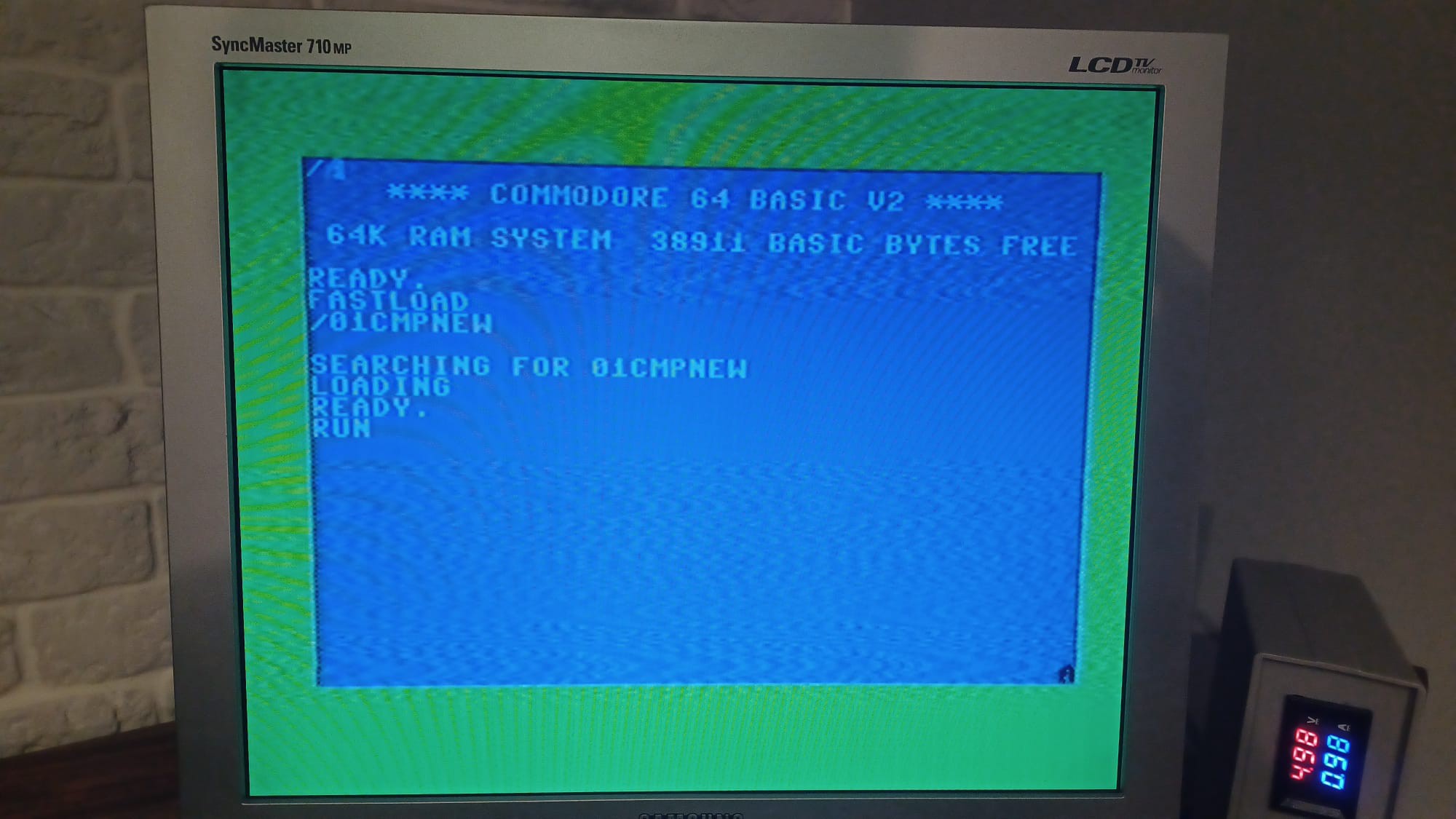

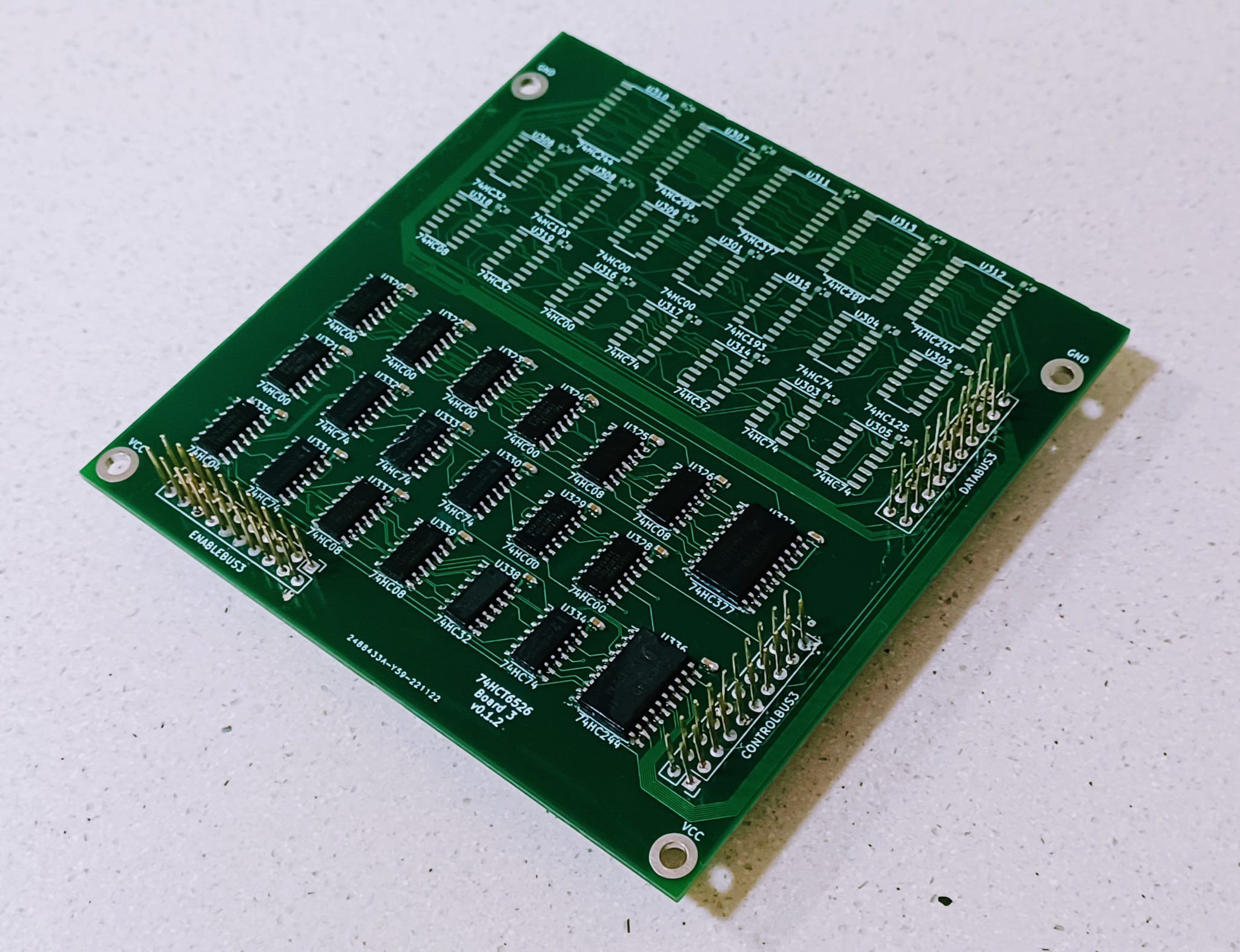
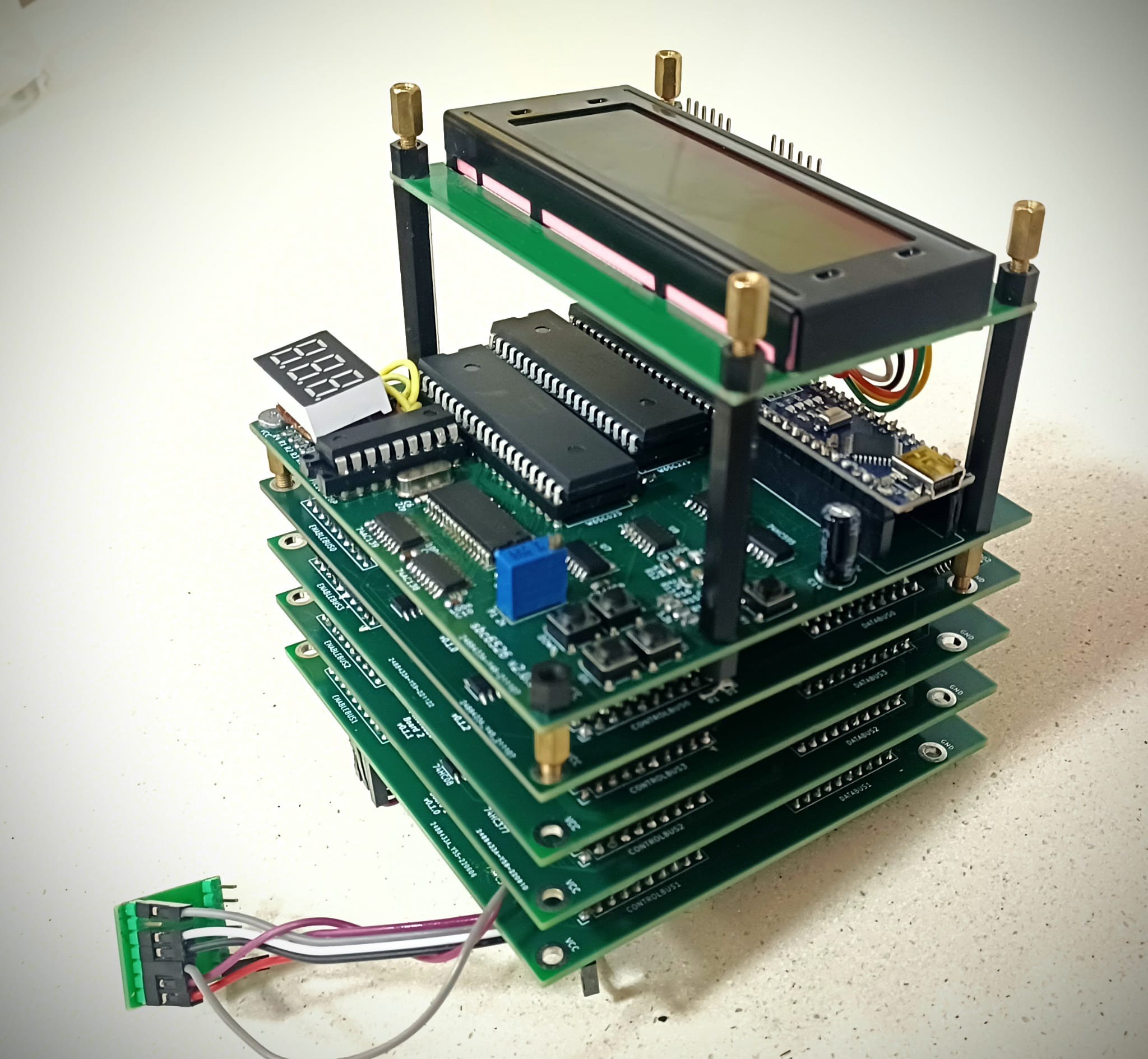
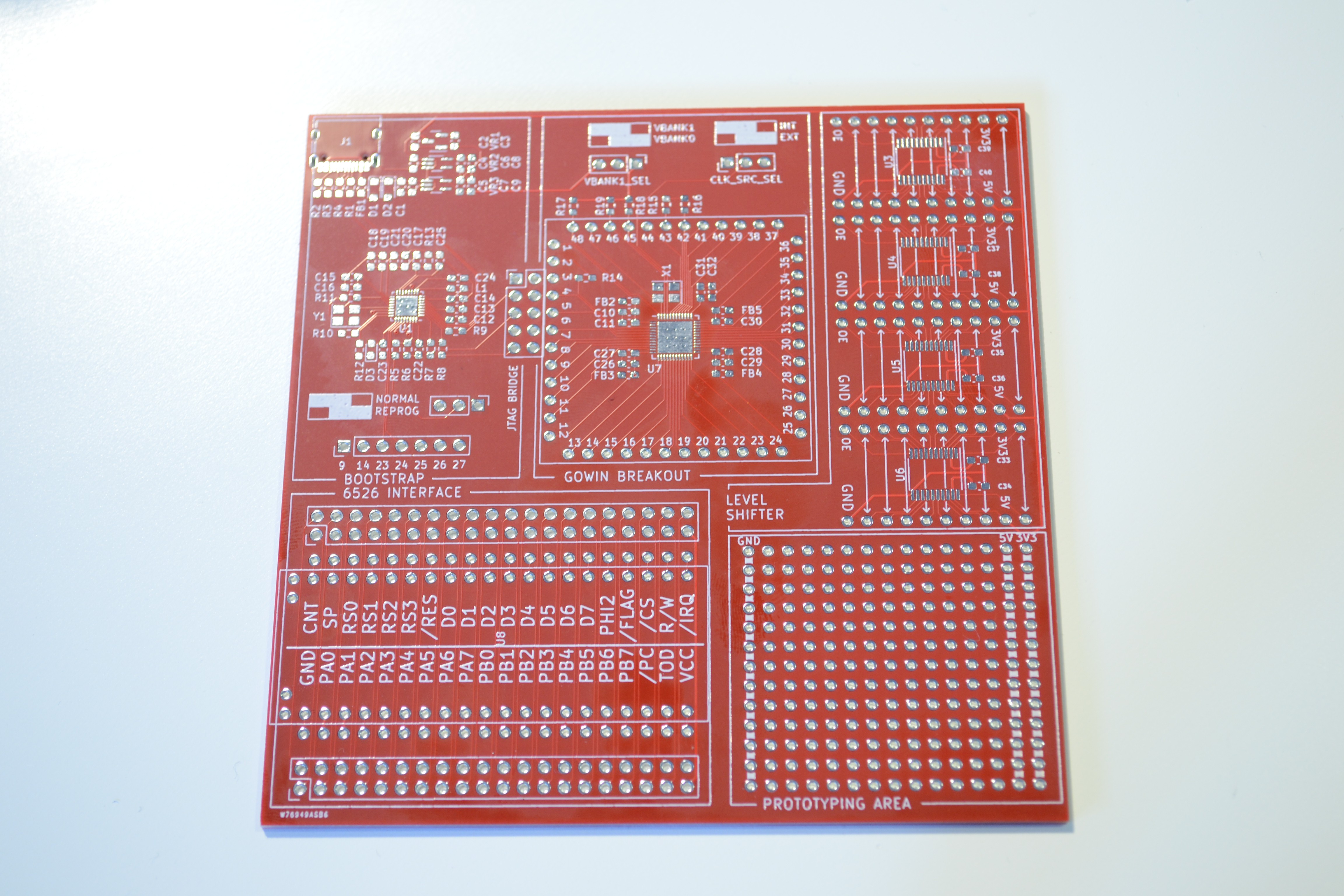
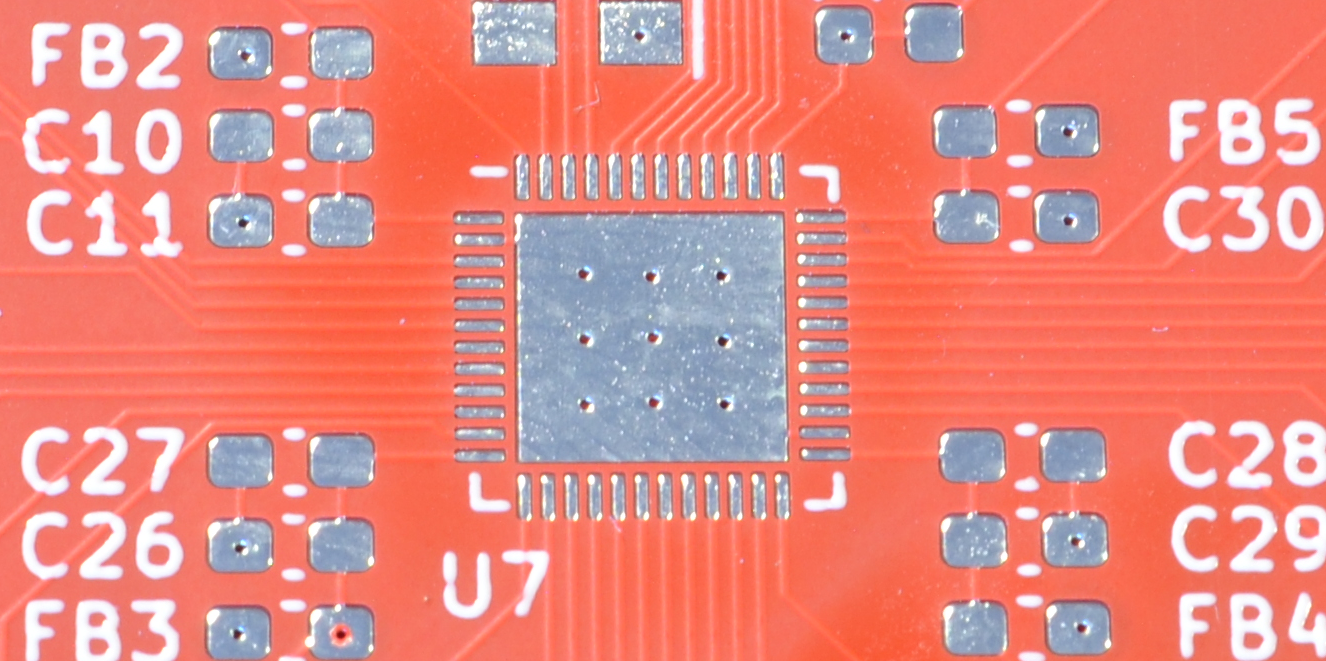
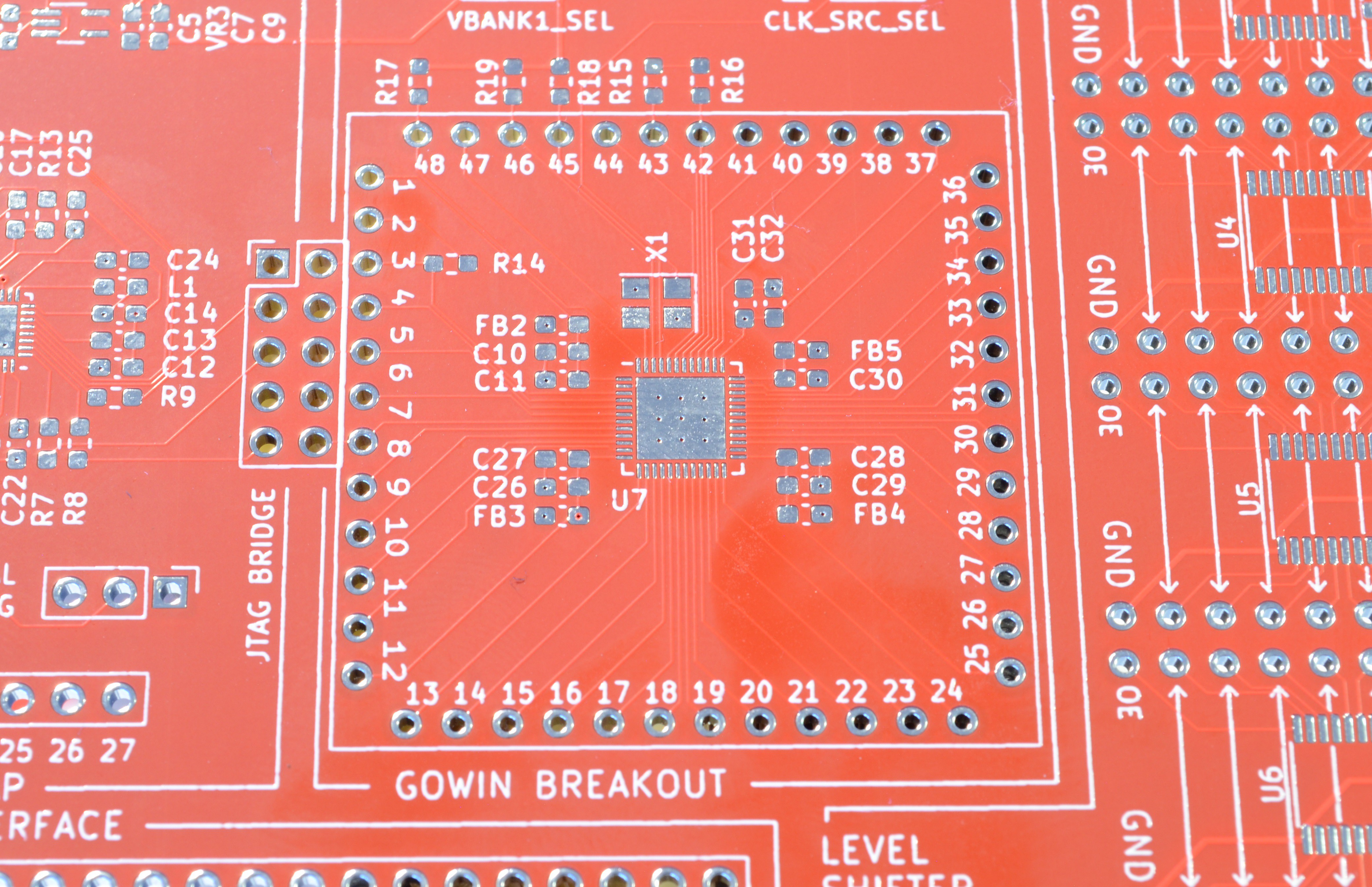

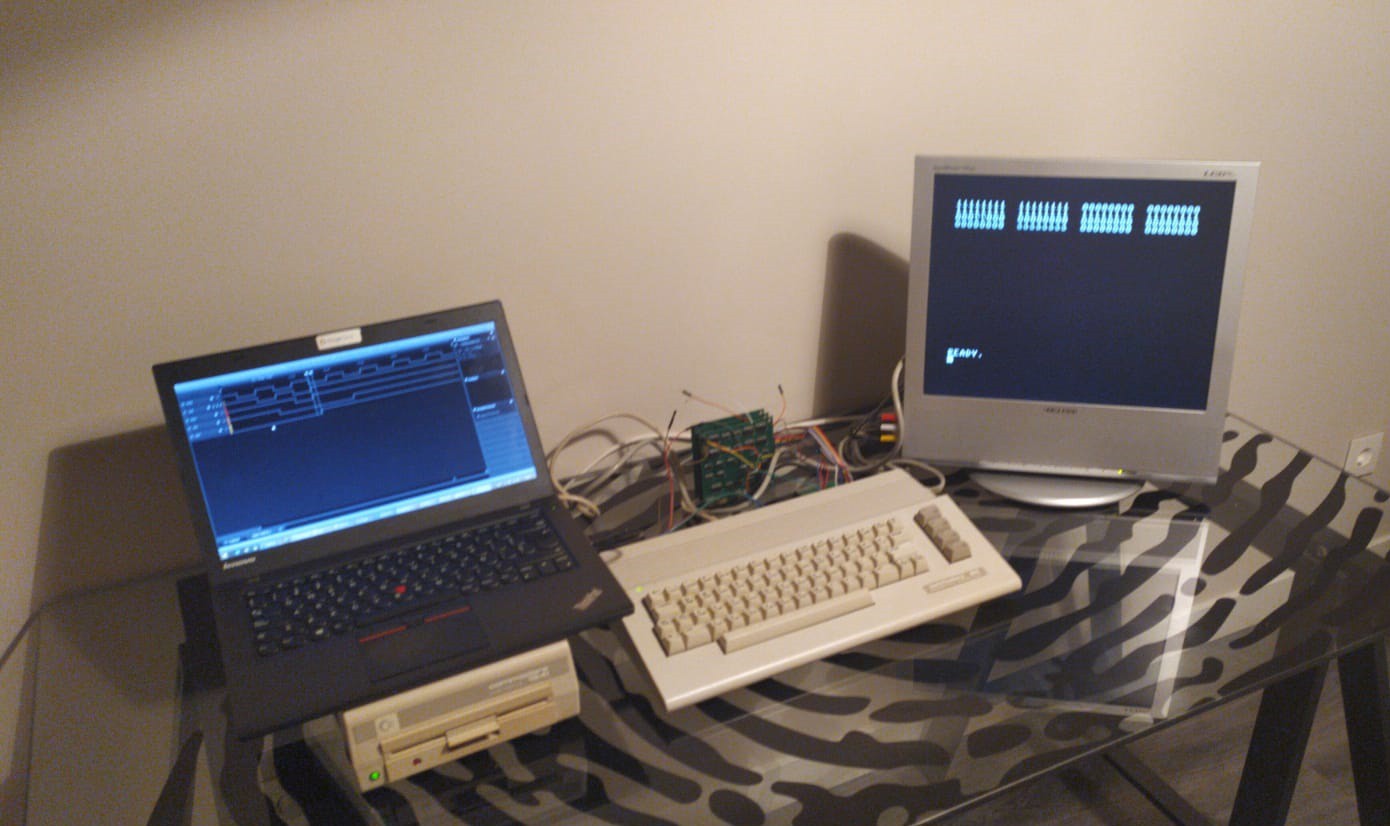
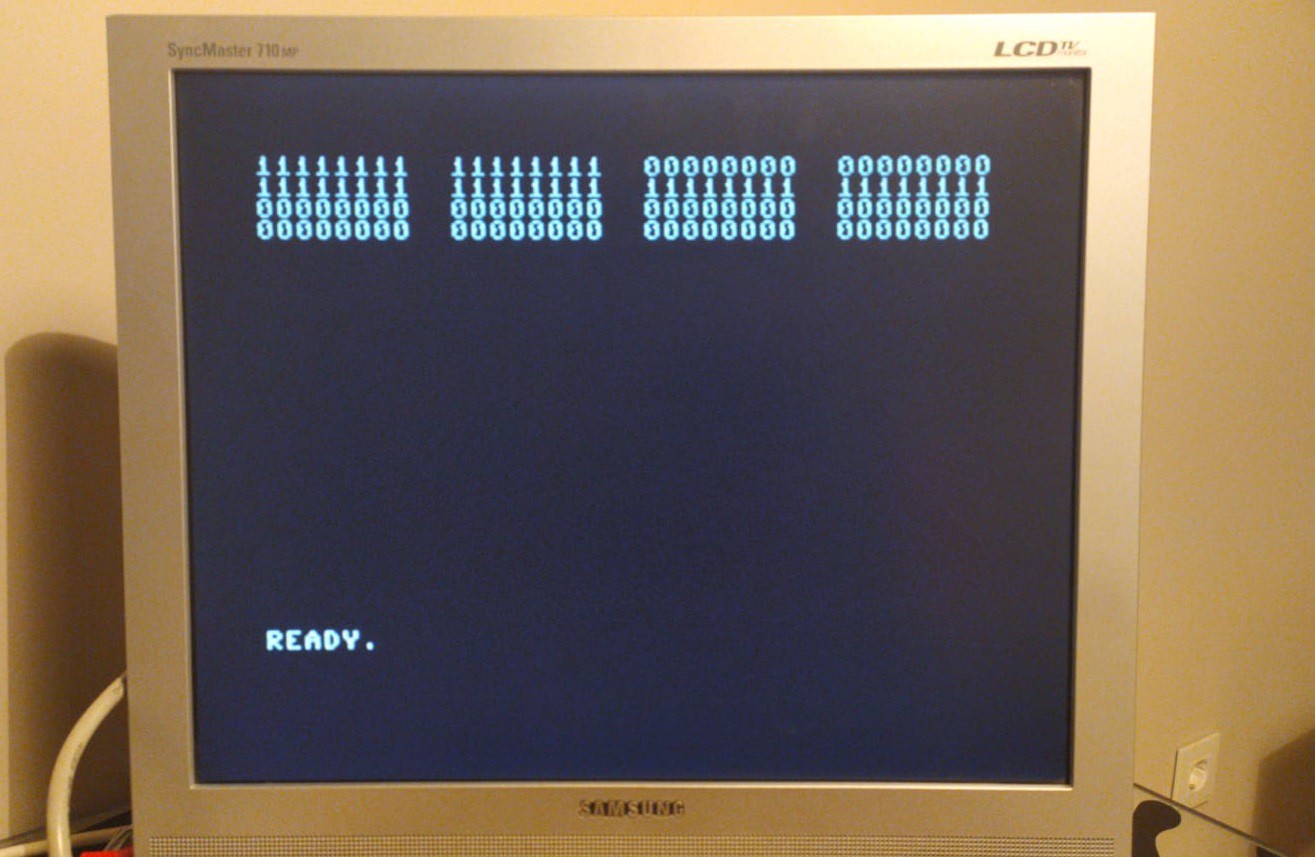
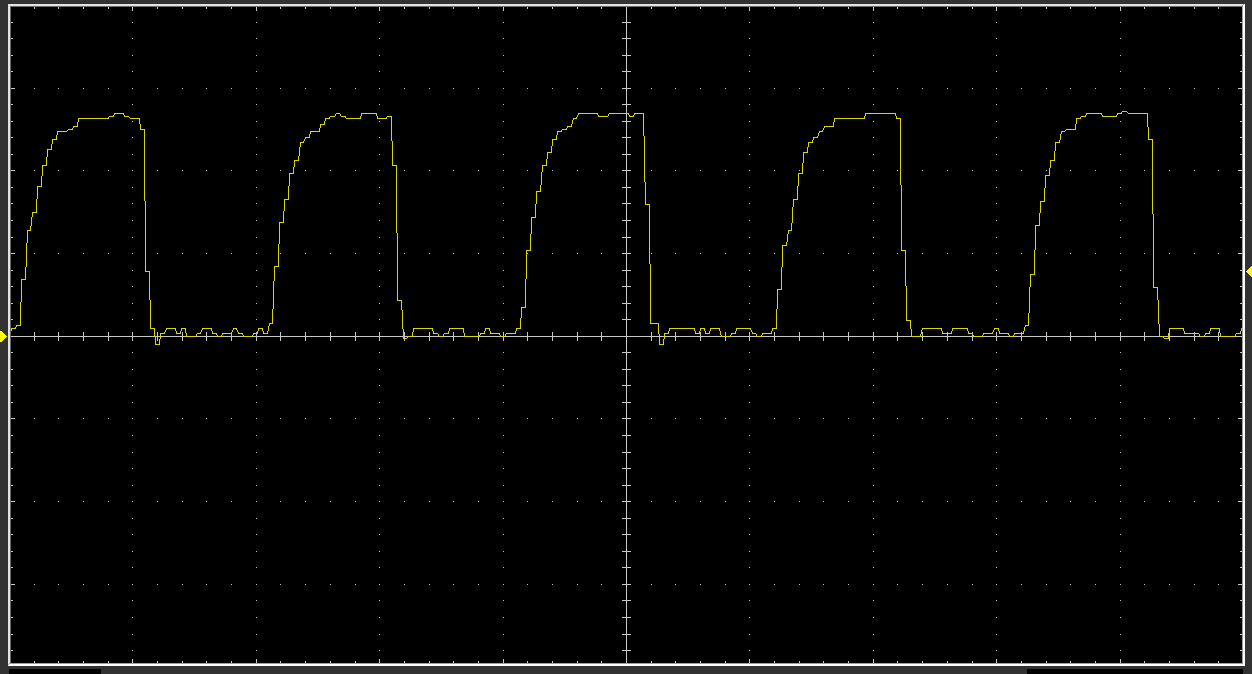
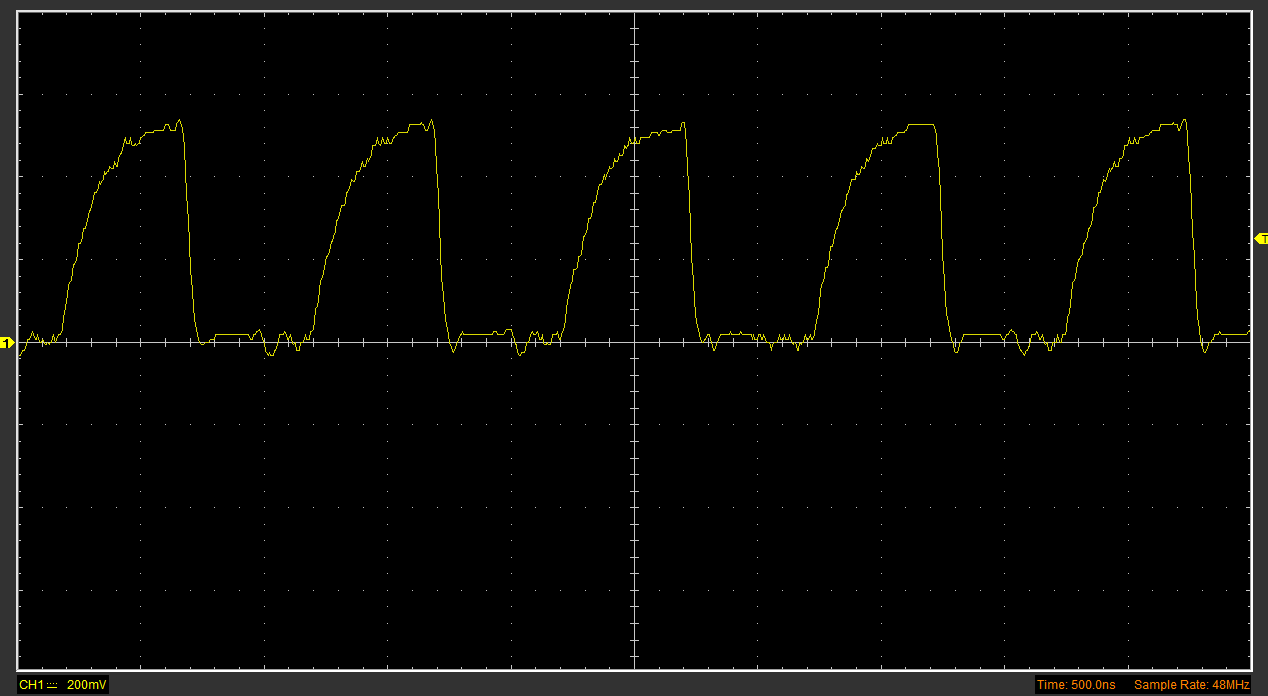

This is pretty cool. Looking forward to seeing the whole 5-board stack in action.